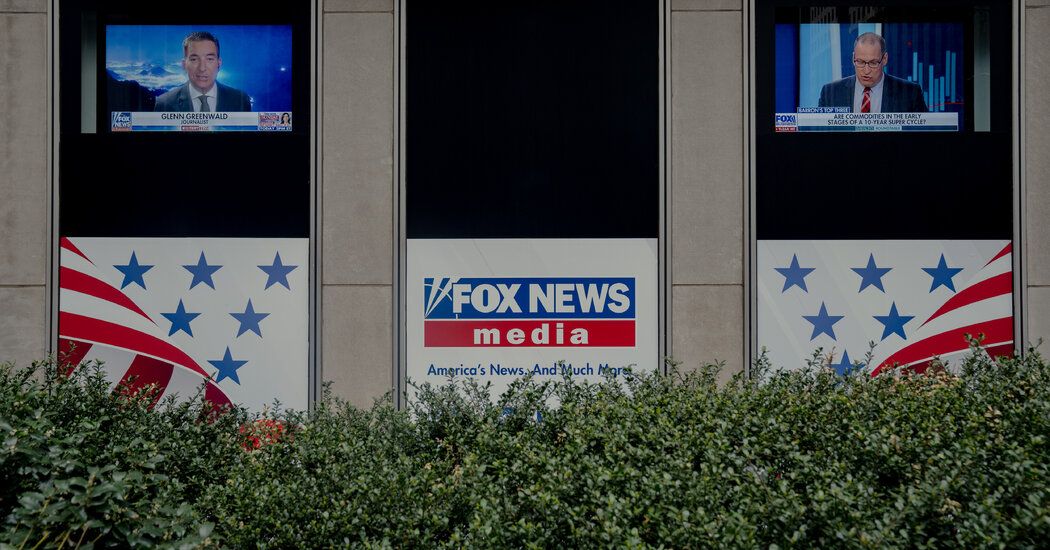Biden’s Debt-Deal Strategy: Win in the Fine Print
In pursuit of an agreement, the Biden team was willing to give Republicans victory after victory on political talking points, which they realized Mr. McCarthy needed to sell the bill to his conference. They let Mr. McCarthy’s team claim in the end that the deal included deep spending cuts, huge clawbacks of unspent federal coronavirus relief money and stringent work requirements for recipients of federal aid.
But in the details of the text and the many side deals that accompanied it, the Biden team wanted to win on substance. With one large exception — a $20 billion cut in enforcement funding for the Internal Revenue Service — they believe they did.
The way administration officials see it, the full final agreement’s spending cuts are nothing worse than they would have expected in regular appropriations bills passed by a divided Congress. They agreed to structure the cuts so they appeared to save $1.5 trillion over a decade in the eyes of the nonpartisan Congressional Budget Office. But thanks to the side deals — including some accounting tricks — White House officials estimate that the actual cuts could total as little as $136 billion over the two enforceable years of the spending caps that are central to the agreement.
Much of the $30 billion in clawed-back Covid-19 money was probably never going to be spent, Biden officials say, including dollars from an aviation manufacturing jobs program that had basically ended.
At one point in the talks, administration officials offered to include in the deal more than 100 relief programs from which they were willing to rescind money. The final list spanned 20 pages of a 99-page bill, and Mr. McCarthy championed it on the House floor. But because much of the money was repurposed for other spending, the net savings added up to only about $11 billion over two years. One of the programs had a remaining balance of just $40.
Source: The New York Times


